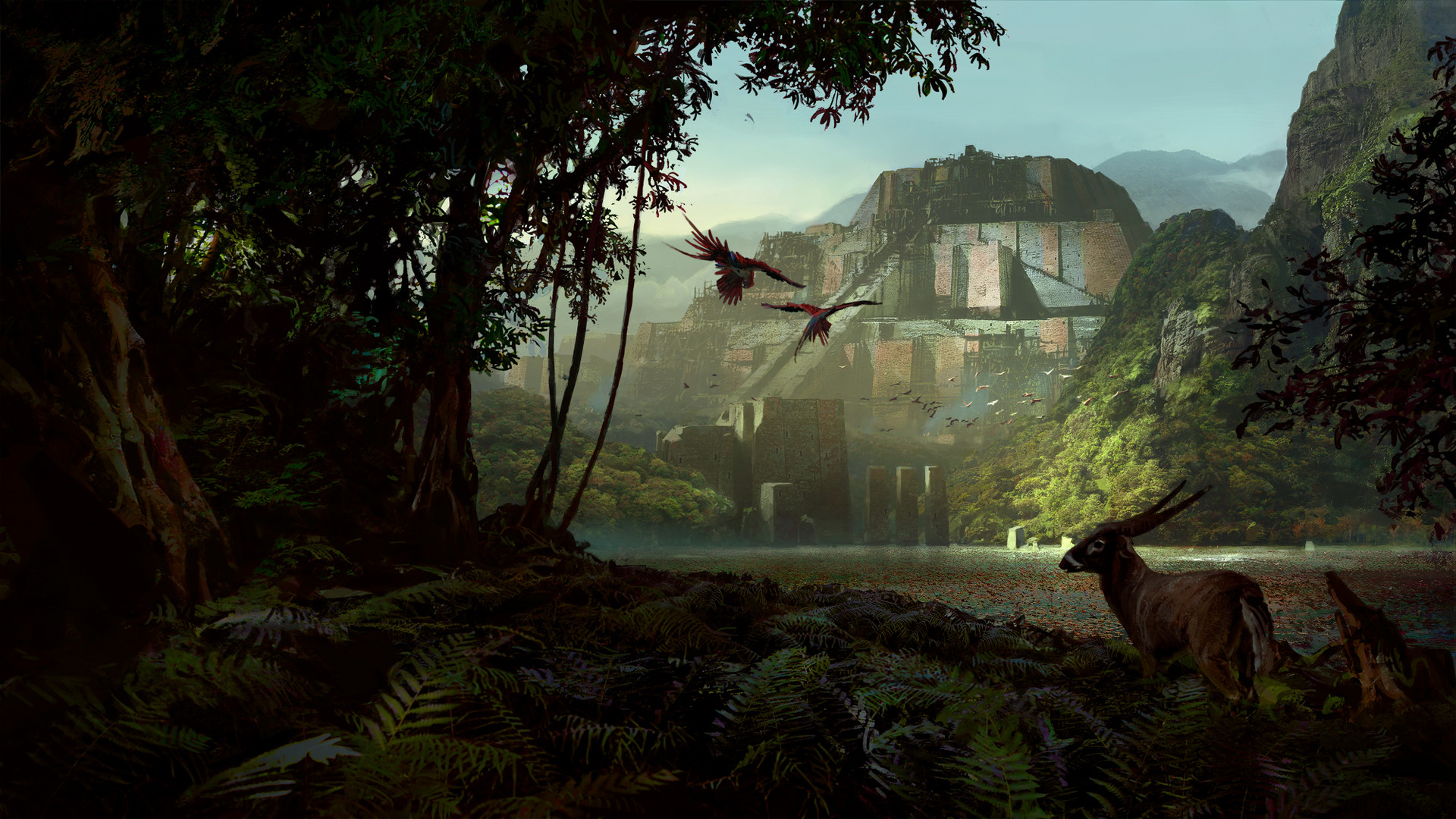Quetzal Crescent
by hughpierre
Natural Resources
Symbolic System of Colours
Black for weapons representative of obsidian
Yellow for food representative of corn
Red for war representative of blood
Yellow for food representative of corn
Red for war representative of blood
Blue for sacrifice representative of water
White for death representative of air
Green is the royal colour representative of Serpentism
White for death representative of air
Green is the royal colour representative of Serpentism
Estimated Cacao Conversion Rate
| Lowest Quantity | Prestigious Plumage | Worth in cacao beans |
|---|---|---|
| 1 | Resplendent Quetzal Feather | ~160 cacao beans |
| 1 | Golden-headed Quetzal Feather | ~140 cacao beans |
| 1 | Pavonine Quetzal Feather | ~100 cacao beans |
| 1 | Macaw/Parrot Feather | 80 ~ 100 cacao beans |
| 1 | Crested Quetzal Feather | ~80 cacao beans |
| 5 | Cotinga Feathers | ~60 cacao beans |
| 10 | Appliqués Feathers | ~50 cacao beans |
| 3 | Eagle Feathers | ~100 cacao beans |
| 1 | Toucanet Feather | ~25 cacao beans |
| 1 | White-tipped Quetzal Feather | ~40 cacao beans |
| 1 | Eared Quetzal Feather | ~40 cacao beans |
| 1 | Bundle of Hummingbird Feathers | 20 ~ 35 cacao beans |
| 1 | Bundle of Parakeet Feathers | 15 ~ 25 cacao beans |
| 1 | Oropendula Feather | ~15 cacao beans |
| 3 | Spoonbill Feathers | ~10 cacao beans |
| 2 | Troupial Feathers | ~5 cacao beans |
| 3 | Cuckoo Feathers | 1 cacao bean |
| 5 | Duck Feathers | 1 cacao bean |
| 10 | Turkey Feathers | 1 cacao bean |
Type
Region
Related Tradition (Primary)





Comments